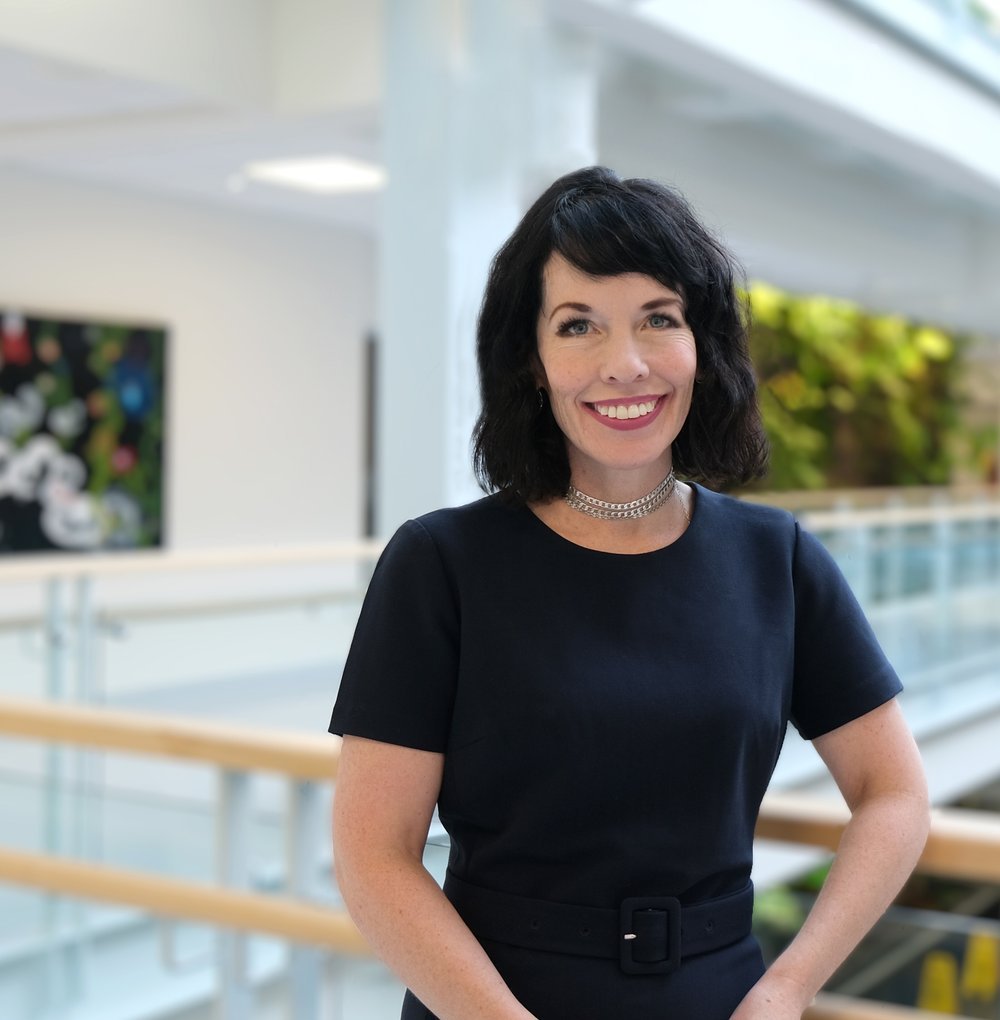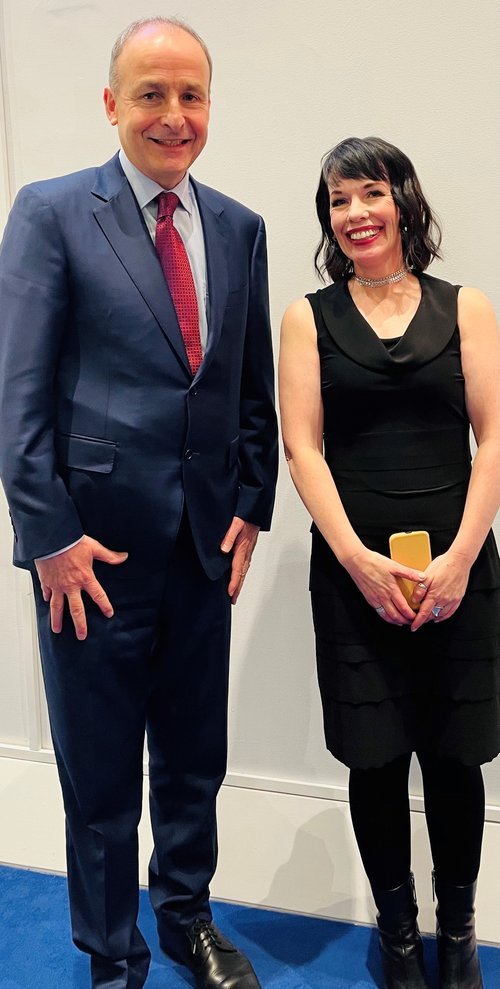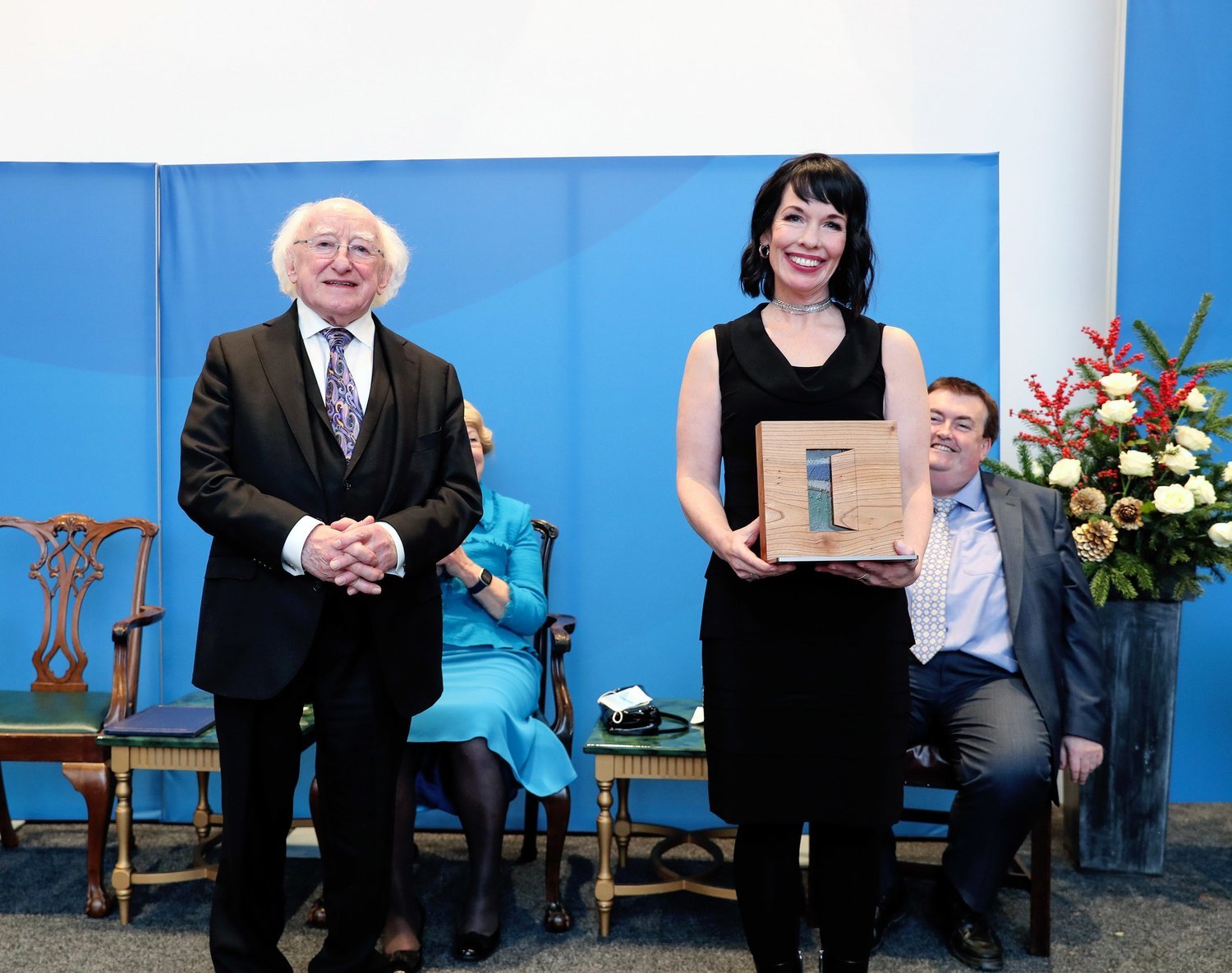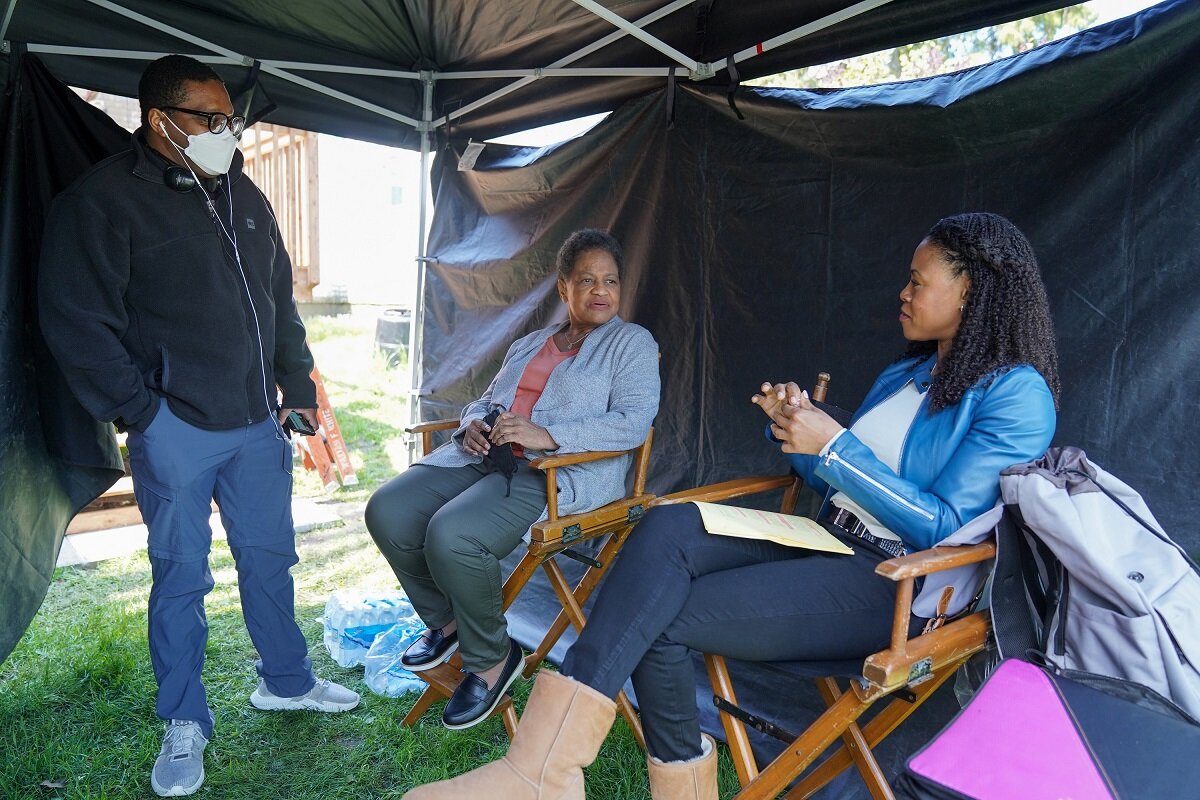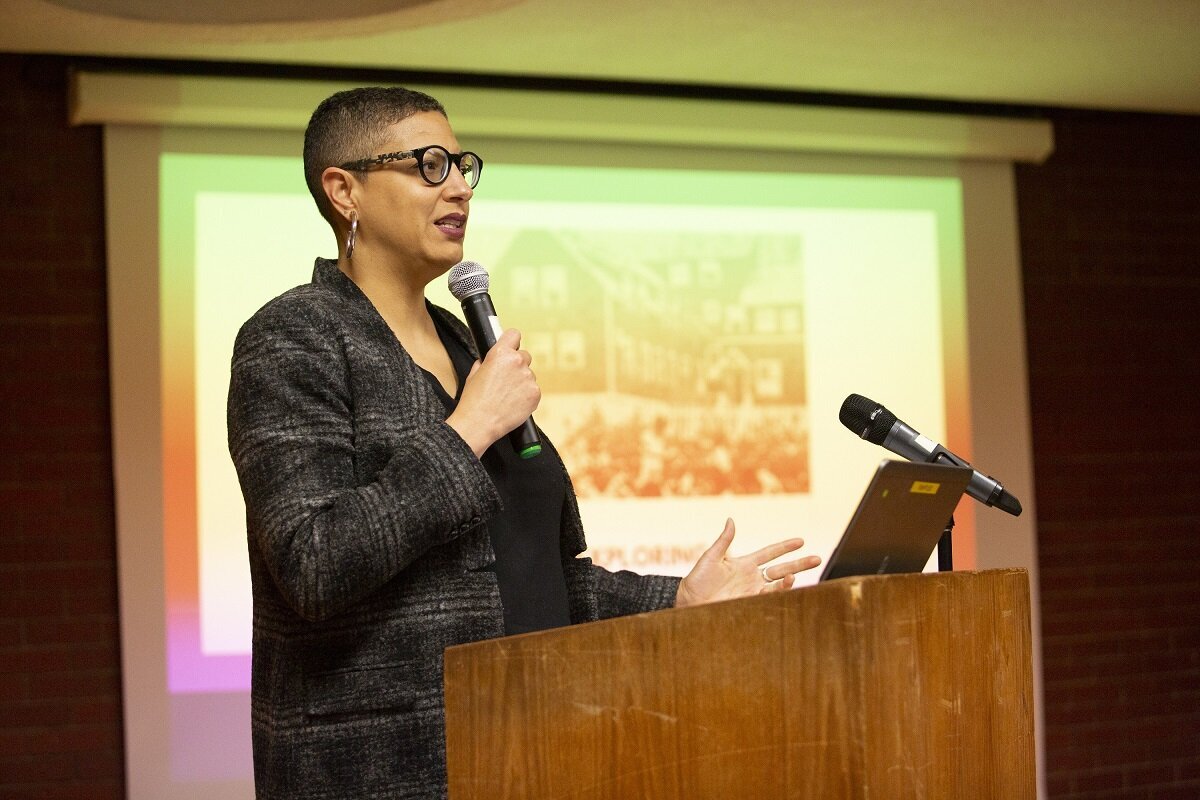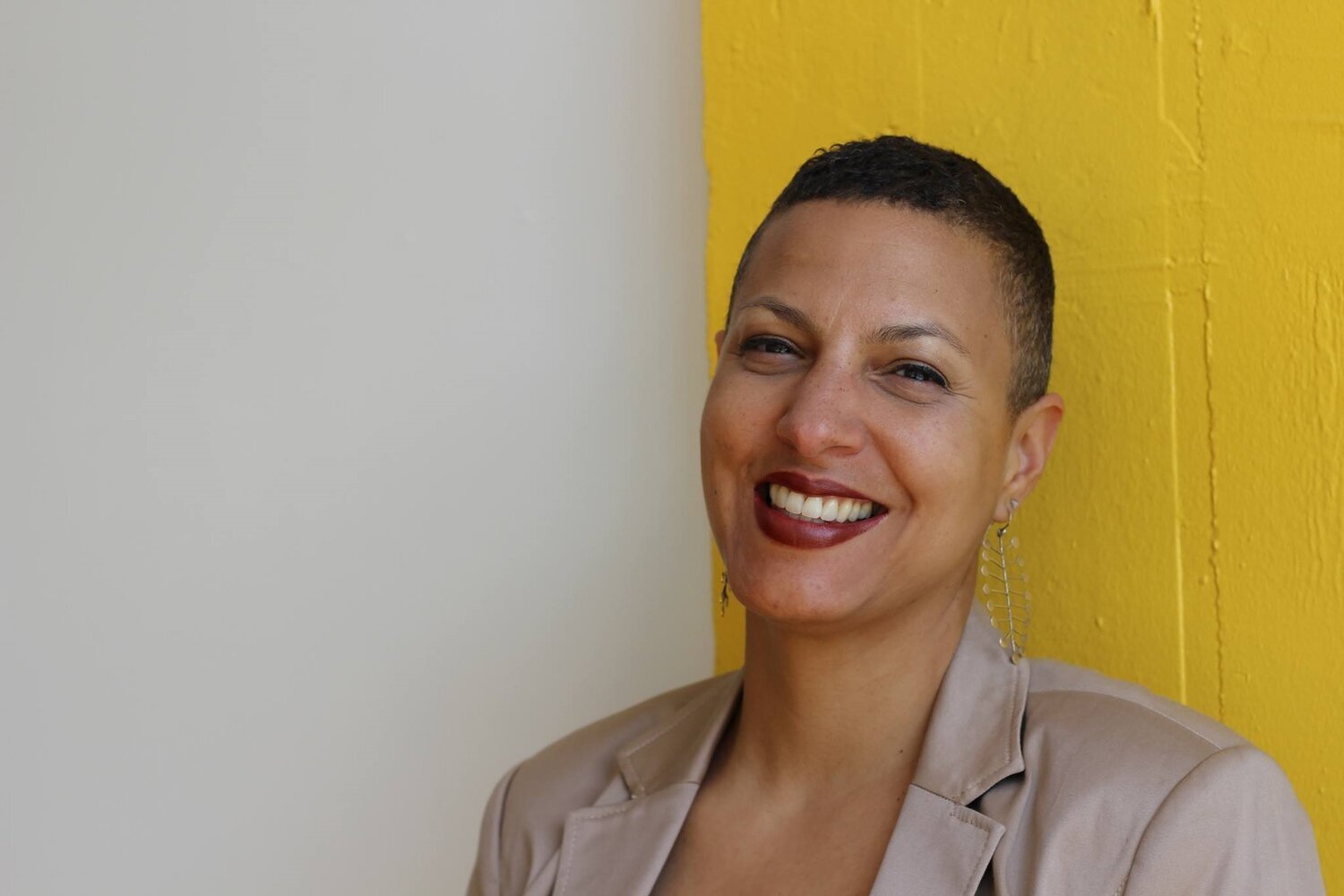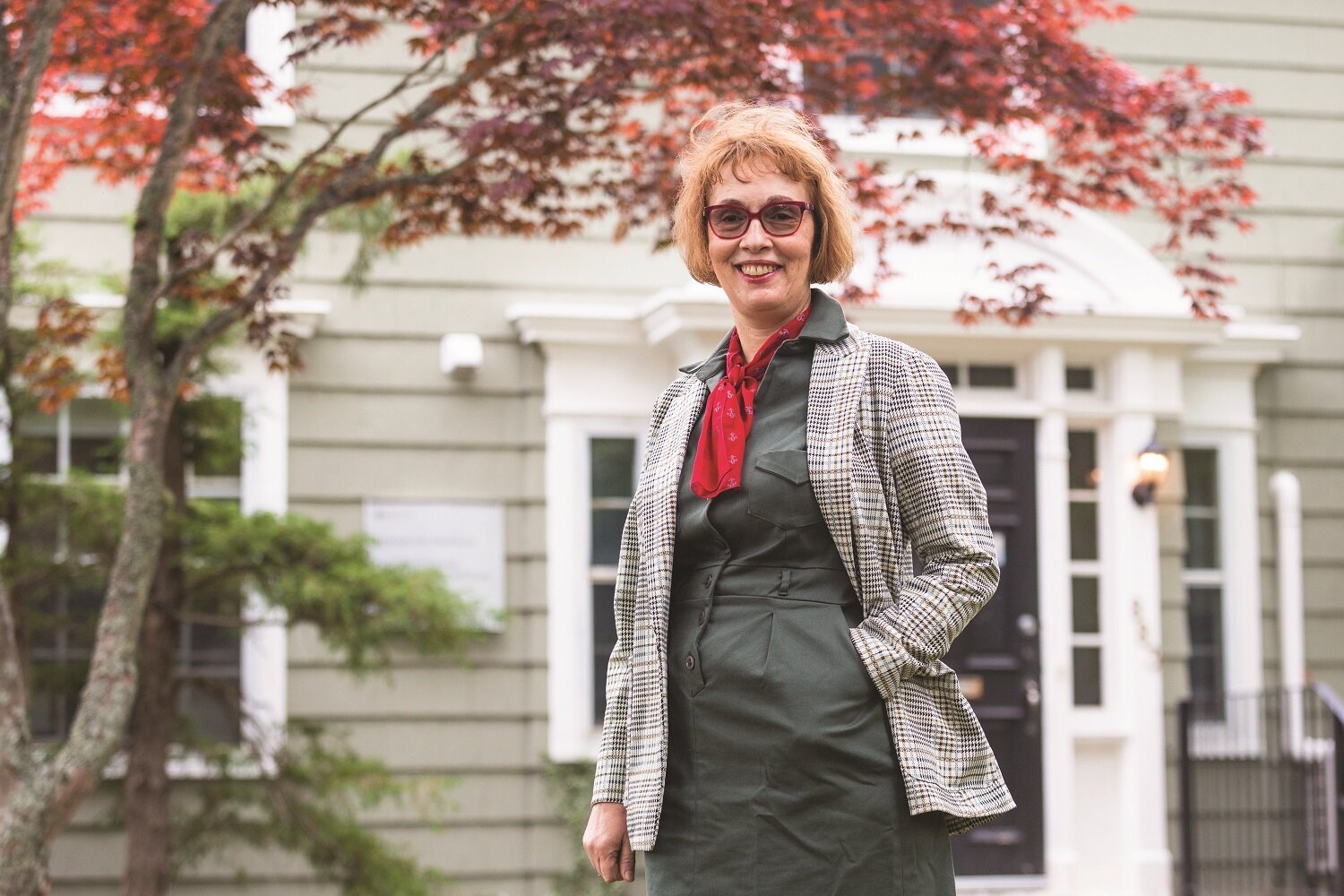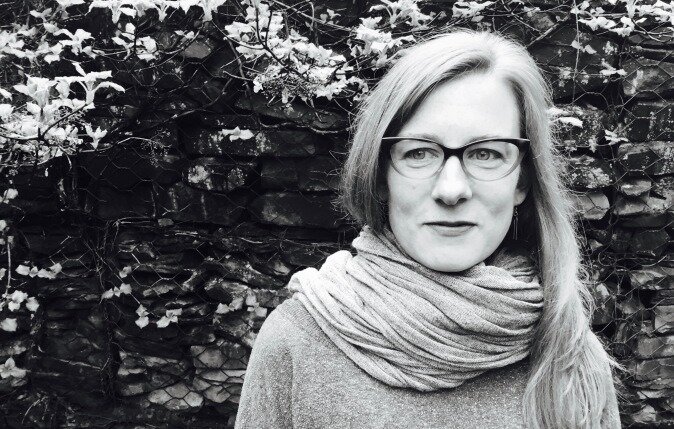Humans have been falling in and out of love—and marriage—for many centuries. While the legalities of separation and divorce continue evolving today, it’s intriguing to look back and see how ordinary folks managed their breakups in England 300 to 500 years ago.
“The subject is so large and I keep finding new things,” says Dr. Tim Stretton, a Saint Mary’s University professor whose work focuses on legal and social history, and women’s legal rights.
While researching Marriage, Separation, and Divorce in England, 1500-1700 (Oxford University Press, 2022), he and co-author Dr. K. J. Kesselring of Dalhousie University found a treasure trove of surprising cases in secular court archives and private litigation records.
Other historians have relied heavily on records from the church courts, which held the monopoly on marriage and separation in England during this time period. In the wake of the 16th century Reformation, England was the only Protestant jurisdiction that didn’t introduce full divorces allowing remarriage—an option that only became widely available after the passing of the Divorce Act in 1857. In theory, unhappy spouses’ only hope was a church court separation.
“The single biggest surprise was finding private separation agreements,” says Stretton. “Hundreds of couples in miserable marriages should have gone to the church to get a separation. But that was expensive and shameful, potentially, and church officials often told them to get back together, which in the case of domestic violence was horrific.”
With the help of lawyers trained in secular law, parting couples quietly made their own arrangements to resolve property matters, safety concerns and other differences. These private separations could be difficult to enforce but for exes who remained cordial, they seem to have provided peace of mind. These private agreements also helped spur the rise of alimony in the 17th century, another unexpected finding detailed in two chapters.
This is Stretton’s second book with Kesselring. They co-edited Married Women and the Law: Coverture in England and the Common Law World (McGill-Queen’s University Press, 2013) following a conference at Saint Mary’s. Coverture—the term for married women’s rights under English common law—restricted a wife’s ability to control real estate, own movable property, enter into contracts or participate in litigation without the cooperation of her husband.
A significant number of women in broken marriages defied these limitations in filing lawsuits against their husbands, the new book confirms, illustrating this with case studies and rich biographical detail found in the litigation records.
“It’s hard to do this work and be sensitive to the memories of these people but at the same time, some aspects of the stories need to be told,” says Stretton. “The fierce independence of the women involved is what struck us throughout, often in surprising ways.”
More new books from Saint Mary’s History professors:
The Town of Vichy and the Politics of Identity: Stigma, Victimhood and Decline (Palgrave Macmillan, 2022); by Dr. Kirrily Freeman, Professor of History
Empire and Emancipation: Scottish and Irish Catholics at the Atlantic Fringe, 1780–1850 (University of Toronto Press, 2022); by Dr. S. Karly Kehoe, Canada Research Chair in Atlantic Canada Communities





